Can Cats Eat Jelly? (Yay or Nay?)
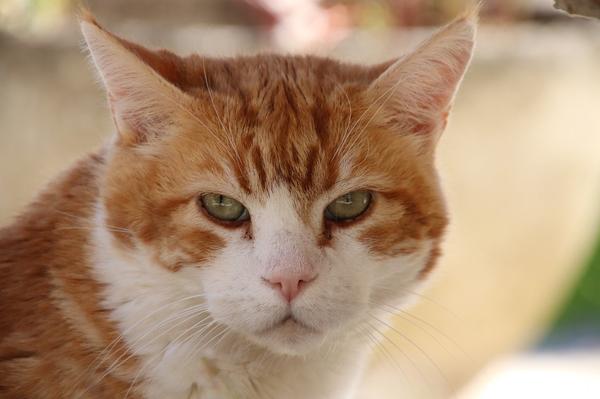
Wondering if cats can devour a bowl of jelly without any consequences?
Got that nagging feeling in the pit of your stomach, questioning if it's safe to share your sweet treat? 😕
I get it.
It's natural to worry about our fur babies.
You're not alone in pondering this bizarre feline craving.
Visualize this:
You're doling out a spoonful of jelly, contemplating if it's more feast or foe for your furry friend.
Well, fear not!
Let's dive into the world of jelly-loving cats and unravel this mystery together.
Ready?
Let's begin.
Can Cats Eat Jelly?
While cats can have jelly in moderation, it should not be a regular part of their diet. Jelly lacks essential nutrients for their health and can cause digestive issues. It's best to stick to balanced cat meals and only give jelly as an occasional treat.
When it comes to feeding your furry feline friend, be cautious with jelly.
Cats can eat jelly, but only in moderation, remember that.
While a lick or two won't do any harm, don't make it a regular part of their diet.
Jelly lacks the nutrients cats need for good health.
It's not a replacement for their nutritious meals.
Think of it as an occasional treat, like dessert for us humans.
Too much jelly can cause tummy trouble and diarrhea – let's avoid that mess!
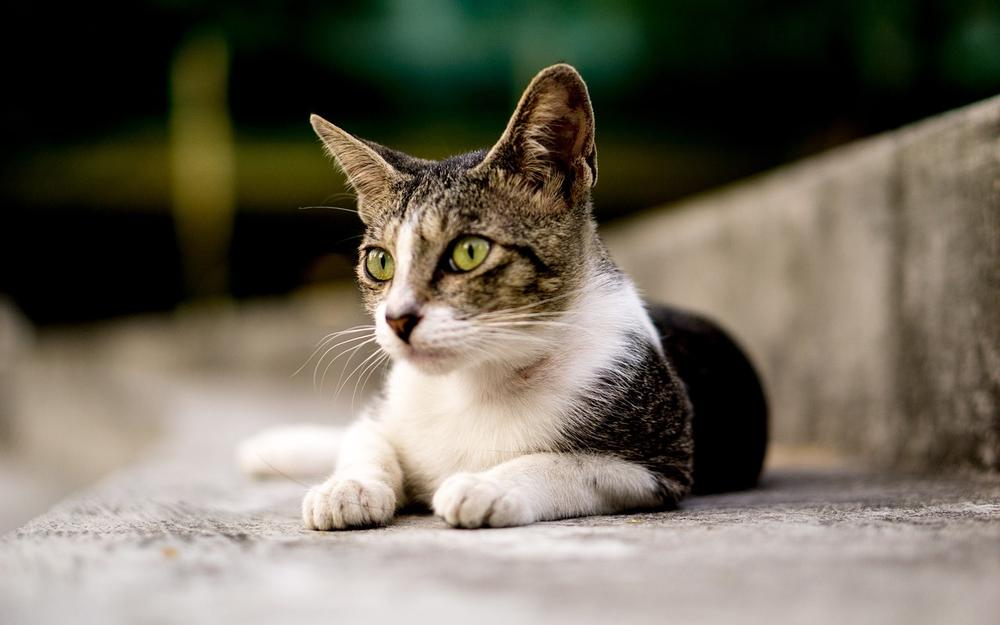
So please bear in mind, jelly shouldn't be their main food source.
Stick to their balanced cat meals to keep them healthy and happy.
But don't worry, you can still spoil your whiskered companion with a small taste of jelly now and then.
Just make sure it's more of a special treat than an everyday feast.
In my blog post, “Can Cats Eat Jelly?", I've discussed the importance of feeding your cat a balanced diet.
But sometimes, you may wonder about other human foods that your feline friend may be curious about, like Oreos.
You’ll find all the answers you need in my article Can Cats Eat Oreos.
I highly recommend checking it out if you’re concerned about the potential risks and want to satisfy your curiosity.
Is Jelly Bad for Cats?
Let me give you all the details about cats and jelly.
If you want your furry friend to stay healthy, it's best to avoid feeding them jelly regularly.
Feeding cats jelly too often can lead to various health problems.
Obesity, diabetes, liver disease, gall bladder disease, and digestive troubles are some of the issues they could face.
We definitely don't want that for our feline friends, right?
However, if consumed in moderation, jelly is generally not toxic for cats. But be careful not to overindulge them.
Pancreatitis is a specific danger that can be triggered by jelly, especially if cats go overboard.
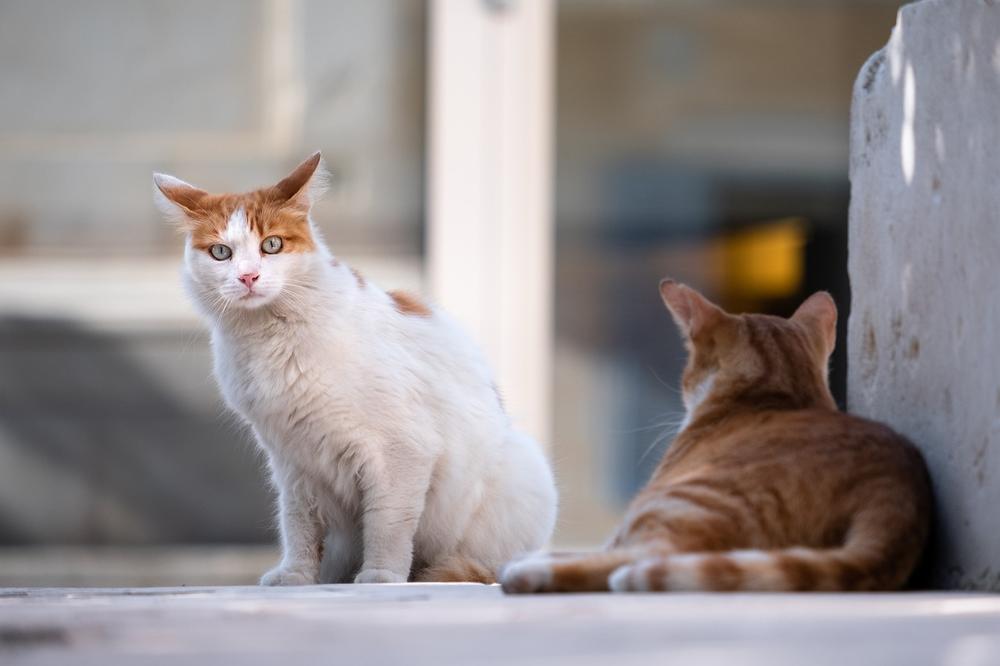
Keep a close eye on your cat, especially if they have diabetes, and seek veterinary help if anything seems off.
Due to its high sugar content, cats should avoid jelly.
Eating too much sweet stuff can result in obesity, dental problems, and digestive issues.
In a nutshell, cats should generally steer clear of jelly because of the potential sugar overload and toxicity of certain flavors.
Never let your cat near grape jelly or grapes as they can cause kidney failure.
Jelly might not be the ideal treat for your feline companion.
Stick to snacks that are safe for cats and prevent long-term health issues.
And now, let's dive deeper into why cats should avoid jelly and explore their specific dietary needs for optimal wellbeing and digestion.
I want to ensure that you have all the necessary information to make informed decisions about your feline friend's nutrition!
The Importance of a Cat's Nutritional Needs
Cats have special dietary requirements, and you should understand and meet them:
- Avoid giving cats unnecessary carbohydrates as it can affect their wellbeing and digestion.
- For proper growth and development, don't feed kittens strawberry jam; give them specialized cat food designed for their specific nutritional needs instead.
- Unlike humans, cats don't need or digest carbohydrates well, so prioritize high-quality animal proteins in their balanced diet.
- Steer clear of jelly as it can cause dental problems, decay, and gum disease in cats.
- Always consult a veterinarian for expert guidance when making decisions about your cat's nutrition.
- Vets can offer specific recommendations based on your cat's age, health, and individual needs.
- They can help you create a nutritional plan that ensures your cat gets all the essential nutrients they require.
Taking care of your cat's nutritional needs is vital for their overall health.
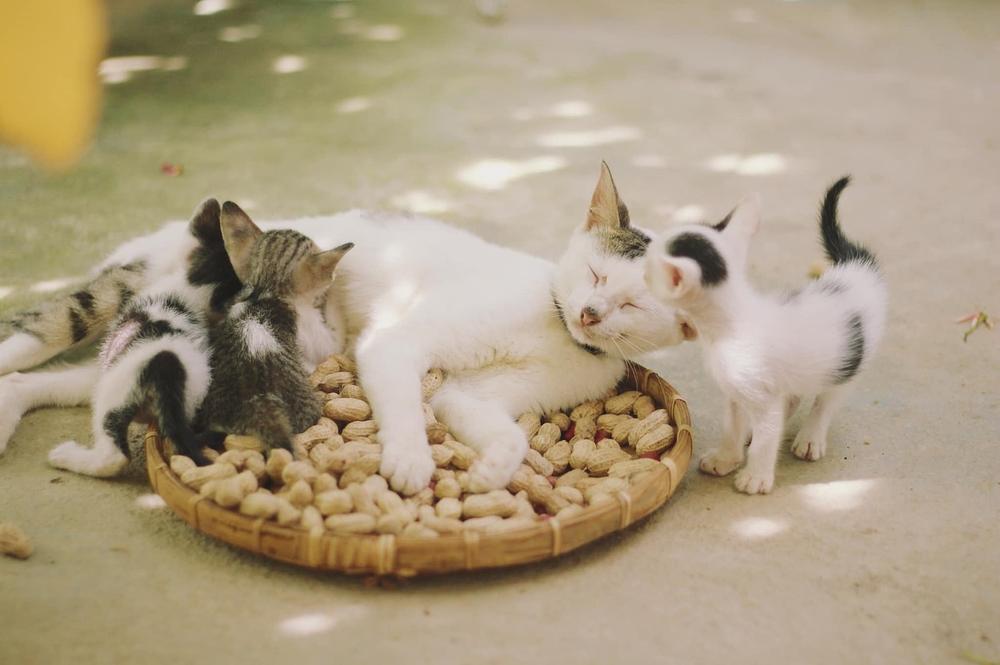
So approach it with caution and seek professional guidance along the way! 😺
Nutrition in Jelly
| Nutrient | Importance for Cats | Jelly |
|---|---|---|
| Protein | Essential for overall health, growth, and maintenance of tissues | Jelly lacks protein, which is a crucial nutrient for cats. Feeding jelly as a primary diet can lead to protein deficiency and health issues. |
| Sugar | High sugar content can lead to obesity and dental problems | Jelly is known for its high sugar levels, which can contribute to obesity and dental issues in cats. It is important to limit the intake of jelly to avoid these problems. |
| Additives | Potentially harmful additives can cause digestive problems | Jelly often contains artificial additives that may harm the digestive system of cats. These additives can cause gastrointestinal issues and discomfort. |
| Portion Control | Moderation is key to prevent health risks | While jelly should not be a regular part of a cat's diet, it can be given as an occasional treat. Practicing portion control and moderation ensures that cats can enjoy jelly without experiencing any adverse effects. |
Nutrition in jelly for cats is a tricky situation, my friend.
Jelly usually lacks essential nutrients that cats need, like protein, which is crucial for their growth and development.
You wouldn't want your furry friends missing out on that!
Before you give jelly to your whiskered buddies, there are important things you should know.
First of all, sugar-free jelly is a big no-no for cats.
It could have harmful additives that may upset their digestive system.
That's not something we want, right?
And let's not forget about regular jelly.
We all know it's loaded with sugar, which isn't suitable for our cat companions.
Eating too much jelly can cause gastrointestinal issues, and who wants to clean up that mess?
Not me.
But wait, there's more...
Did you know that jelly beans, with their tempting colors and sweet taste, can be risky too?
Their high sugar content can upset cats' tummies.
Be cautious!
Here's another thing to consider:
Artificial sweeteners, like xylitol, found in jelly, can harm cats.
Accidental harm should be avoided at all costs, don't you think?
And let's not overlook the problem of obesity caused by jelly.
Cats can gain weight if they eat too much jelly.
The high carbohydrates and calories increase the risk of diabetes, which is not ideal for our furry friends.
So, what's the solution?
Moderation is key, my dear reader.
Control the portions and only give jelly as an occasional treat in recommended serving sizes.
When it comes to jelly and cats, be sure to be careful and prioritize their well-being.
And it's not just jelly that you need to watch out for when it comes to feeding your cat.
Next, we'll explore suitable alternatives to jelly that can provide a balanced diet and keep your furry friend healthy and happy...
Alternatives to Jelly for Cats
Cooked chicken and cat treats are good options for your furry friend.
If you're thinking, "Can cats eat jelly?
What?" Well, let me tell you, there are some alternatives that might just work for your cat.
First, we have tasty morsels of cooked chicken. Cats absolutely love it!
It's a great choice because it gives them all the nutrients they need.
Just make sure the chicken is fully cooked and doesn't have any seasoning or bones.
Another option would be commercially prepared cat treats.
These treats are specially made for cats and provide the necessary nutrients.
Plus, they come in different flavors and textures, so you can find the ones your furry friend will enjoy.
Apricot jam can be given to your cat occasionally.
I know what you're thinking.
Can cats actually eat apricot jam?
The answer is yes, but be cautious.
You can give your cat apricot jam as an occasional treat, but don't go overboard.
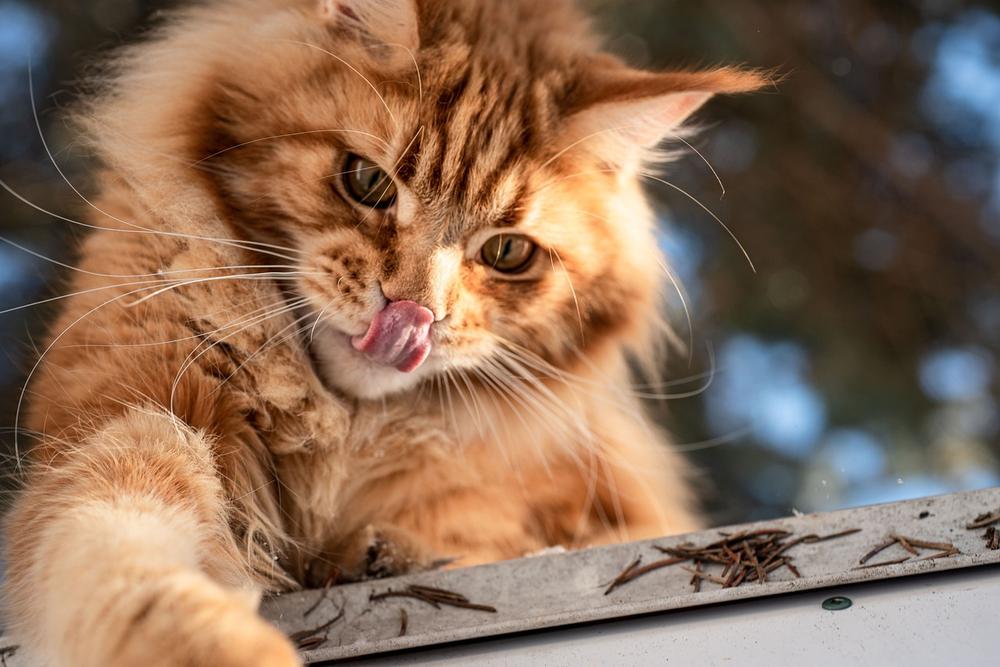
Too much apricot jam can cause digestive issues and make your cat feel tired.
And please remember, sugar-free jelly is not safer for cats.
It might contain harmful sugar substitutes that could harm your feline companion, so it's best to avoid it altogether.
Consider wet food, homemade treats, and natural fruits & vegetables for your cat's nutrition.
But wait, there's more!
When it comes to feeding your cat, you have a few other options to consider.
Cat-friendly wet food is a great choice because it usually provides a complete and balanced nutritional profile for your cat.
You'll have full control over the ingredients and ensure they get all the nutrients they need.
You can also try making homemade treats for your beloved kitty.
There are plenty of recipes available online that use safe and healthy ingredients.
On top of that, adding some natural fruits and vegetables to your cat's diet can enhance their overall nutrition.
Just be sure to research and choose fruits and vegetables that are safe for cats.
Oh, and before I forget!
Whenever you introduce new treats or food to your cat, it's always a good idea to check with the manufacturer.
Not all pet food brands include jelly as an option, so ensure it's safe for your furry friend before offering it to them.
Exploring Flavored Jelly: A Battle with Cats
Let's chat about flavored jelly and cats, okay?
You got a few choices when it comes to jelly flavors for your feline buddies.
Strawberry, apricot (no pits), blueberry, and blackberry can be okay.
Just remember, moderation is key.
But here's the thing—you know cats are carnivores, right?
So they're not exactly thrilled about jelly.
They might give it a lick out of curiosity, but don't expect them to go crazy for it.
Jelly isn't a major part of their diet, if you catch my drift.
Now, if you want to try something different, strawberry jam without any sweeteners could work too.
So that's an option for your furry friend.
If you do decide to treat them with some jelly beans, make sure it's just a couple at a time and only after mealtime.
We don't wanna go overboard here.
Now, pay attention because this part is important:
Avoid giving your cat orange jelly.
That stuff could have citric essential oils that may upset their tummy and lead to vomit or diarrhea. Not good.
Oh, and let's not forget sugar-free jelly. Stay away from that as well.
It might contain a not-so-great sweetener called xylitol, which can be harmful for dogs and we're not quite sure how it affects cats.
So, to sum it all up, if jelly is your jam and you really want your kitty to have some, stick to those safe flavors I mentioned earlier.
But hey, PLEASE bear in mind, it's not a game-changer for cats.
Approach with caution and keep an eye on how they react.
Cats and Jelly: Finding the Perfect Balance
Key Takeaways:
- A lick or two of jelly is generally safe for cats, but it should not be given frequently or substituted for a full meal.
- Excessive consumption of jelly can lead to health issues such as pancreatitis, obesity, diabetes, liver disease, and gall bladder disease in cats.
- Allergic reactions to jelly are rare but possible in cats.
- High sugar content in jelly can be harmful, especially for cats with conditions like diabetes.
- Cats should generally avoid eating jelly due to its high sugar content and potential toxicity from certain flavors.
- If a cat accidentally consumes jelly, it's recommended to monitor them for adverse reactions or stomach upsets within 24 hours.
- Grape jelly and grapes should be avoided by cats as they are toxic and can potentially cause kidney failure.
- Feeding cats jelly beans is not recommended due to potential xylitol toxicity.
- Jelly lacks nutritional value for cats and can lead to obesity, diabetes, and dental issues.
- Consult with a veterinarian for expert guidance on meeting a cat's dietary needs.
- Sugar-free jelly and jelly beans may contain harmful additives or sweeteners like xylitol, which are unsafe for cats.
- Cat-friendly wet food, homemade treats, and natural fruits and vegetables are better options for a balanced diet.
- Cats are unlikely to be interested in jelly and may not enjoy its flavor and texture.
- Orange jelly should be avoided due to potential toxicity from citric essential oils for cats.
And that wraps up today's article.
Before you leave, let me ask you something: Did my blog post help you out? If it did, I would greatly appreciate it if you could share it with your loved ones. Just click on any of the social media sharing buttons to instantly spread the word. Thank you so much!
Talk soon,
-Sarah Davis